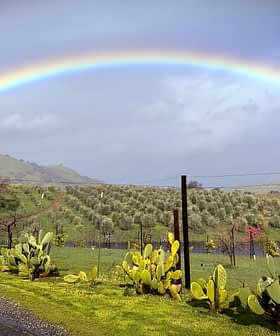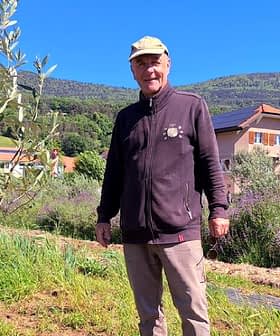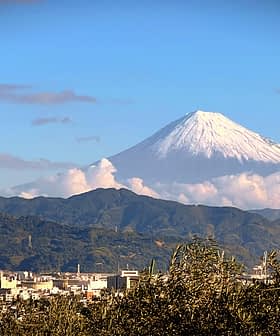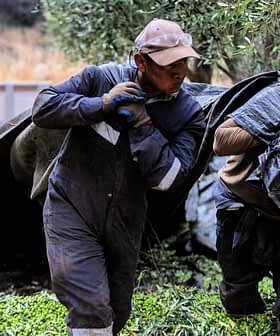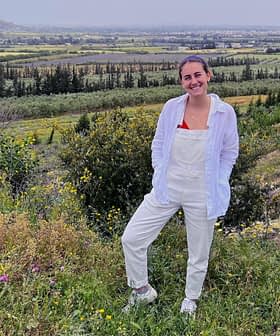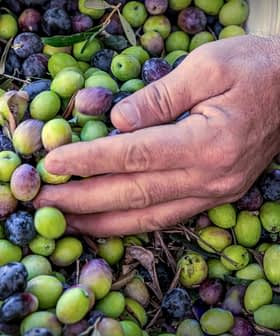Corto Bets on Olives as Crop of The Future in Changing Sacramento Valley
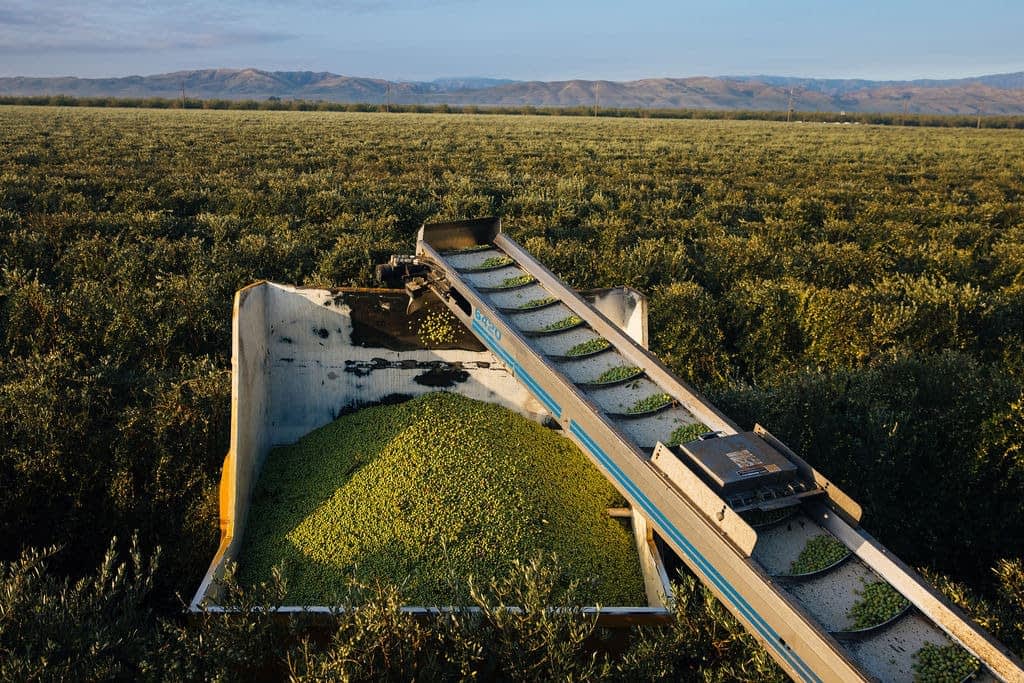
Cliff Little, president of Corto Olive, is optimistic about the future of California olive oil production due to factors such as climate change and evolving consumer tastes. Little believes that the super-high-density olive groves used by Corto Olive offer environmental benefits, low labor requirements, and potential for a circular economy, making olive oil a sustainable and viable crop for the future.
Despite all the challenges, Cliff Little is bullish on the future of California olive oil production.
Little is the president of Corto Olive, the second-largest producer in the United States. The company primarily grows Arbequina, Arbosana, and Koroneiki olives in the Sacramento Valley at super-high density, and it also buys olives from other California producers.
Minimal labor, water and fertilizer requirements, versus crops that have been traditionally farmed in California, along with the olive trees’ ability to sequester carbon, make farming olives for olive oil the California crop of the future.
He told Olive Oil Times that climate change and evolving consumer tastes make olive oil an increasingly viable crop in the Golden State.
“Corto’s founders saw high-efficiency olive orchards as a way to not only produce the freshest olive oil, due to the speed at which the olives can be harvested and milled but also as an opportunity to keep farming in California due to the low level of inputs needed,” Little told Olive Oil Times.
See Also:Producer Profiles“Due to the invention of super-high-density olive farming and the advancements in milling technology over the last five years, we can now produce extra virgin olive oil at scale… when the olives are at their peak of flavor and freshness,” Little added.
Traditional California crops require more labor, water and fertilizer than super-high-density olive groves demand. According to some estimates, olives use up to 50 percent less water than other Sacramento Valley crops, such as walnuts, almonds and pistachios.
“Minimal labor, water and fertilizer requirements, versus crops that have been traditionally farmed in California, along with the olive trees’ ability to sequester carbon, make farming olives for olive oil the California crop of the future,” Little said.
Part of the potential for olive farming in California is the ability to create a circular economy where the vast majority of the waste produced in the process can be reused, reducing costs and improving sustainability.
“Without taking the proper steps to limit the environmental impact of our milling, storage, packaging and distribution systems, we would be ignoring the incredible potential for creating a circular economy in olive oil and promoting it as one of the healthiest and most sustainable food products that exist,” Little said.
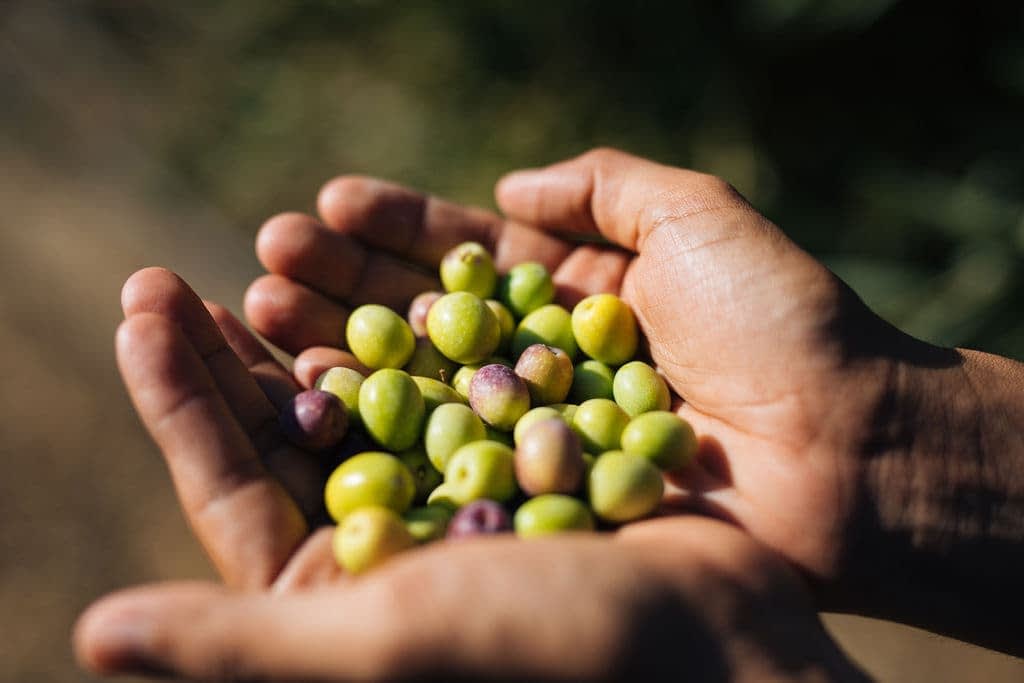
Corto Olive harvests just as the olives turn from green to violet, at the peak of their ripeness. (Photo: Alexander Rubin)
Corto harvests its olives early in the autumn using over-the-row harvesters to remove olives from the branch at the peak of ripeness, just as they turn from green to violet. The olives are transported to the company’s modern mill within hours of harvesting.
The olives are stored in a climate-controlled cellar until customer orders are processed. The resulting extra virgin olive oil is packaged directly from the cellar in bag-in-box packaging and dark-glass bottles.
Little said the specially designed packages protect the oil and ensure freshness by minimizing harmful exposure to light, air and heat.
To better track and improve sustainability, the company is beginning to collect data that will allow them to make targeted interventions to become greener and more efficient. “We are still early in collecting data that will help us to quantify the positive environmental impacts of our olive oil production,” Little said.
“Research from other countries shows the environmental benefit of olive farming and production, but we want to fully understand the positive implications that farming olives for olive oil will have for California farmers and processors,” he added.
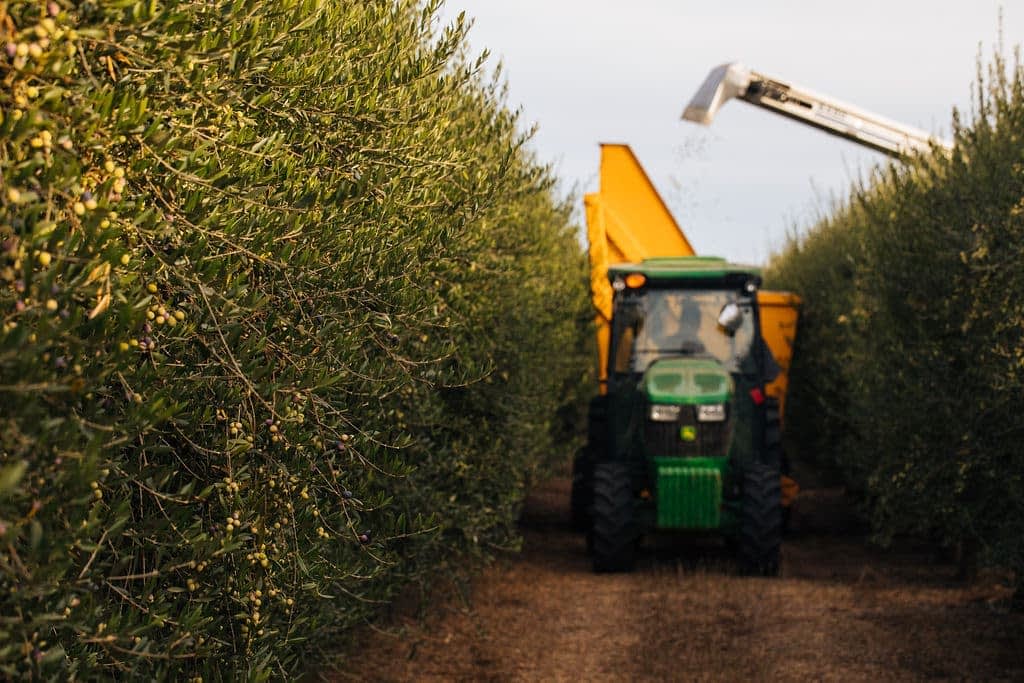
Over-the-row harvesting requires fewer workers when farm hands are increasingly difficult to hire. (Photo: Alexander Rubin)
Along with the potential environmental benefits, Little reiterated that olives are a low-labor crop, an increasingly important issue in a state where seasonal workers can be hard to find.
He also pointed out that the overall sector’s carbon footprint can continue to be lowered by expanding domestic production and cutting down on carbon-emitting imports.
While bringing olive oil to the U.S. from Europe, North Africa and South America emits plenty of carbon dioxide – shipping accounts for three percent of global carbon dioxide emissions – research from the University of Jaén, the International Olive Council and Juan Vilar Strategic Consultants all confirm that olive groves of all types successfully sequester carbon dioxide, though to varying degrees.
The 2016 IOC study indicated that a hectare of olive groves cancels out one person’s annual carbon footprint.
The research also found that producing one liter of olive oil captures 10.64 kilograms of atmospheric carbon dioxide. Further, the world’s production of olive oil could absorb the emissions of a city of more than seven million inhabitants.
However, research from the University of Jaén found that traditional olive groves sequester significantly more carbon dioxide than super-high-density groves.
Still, in its 2023 annual impact report, California Olive Ranch, the largest olive oil producer in the U.S., reported that its super-high-density groves are a net carbon sink, sequestering more carbon dioxide than the process of growing, harvesting and milling the olives emit.
Along with the crop’s benefits to California’s climate, Little said the organoleptic and health benefits of extra virgin olive oil had caught U.S. consumers’ attention.
“We are confident that once consumers in the U.S. have the ability to experience fresh, fall-harvested olive oil and understand why the freshness of their oil is so important to not only the quality of the dishes that they create but also their health, it will be a very hard decision to buy anything else,” Little said.
Little described the Covid-19 pandemic as a watershed moment for olive oil consumption in the U.S., with more consumers learning to cook with olive oil at home and coming to value extra virgin olive oil despite rising prices.
“We saw a big spike in sales during the pandemic, and that’s remained steady since,” Little told Olive Oil Times in a separate 2022 interview.
Little believes that consumers have become more educated about extra virgin olive oil in recent years and are now less willing to substitute it with lower-quality olive oil or other types of edible oils. Consumption figures in the country support his theory.
While he acknowledged the importance of e‑commerce for olive oil sales, Little said the company’s primary focus is selling to restaurants and the food service industry.
To that end, winning awards, such as the Silver Award earned by Corto Olive at the 2023 NYIOOC World Olive Oil Competition for its medium-intensity Koroneiki, helped the company burnish its reputation as a reliable and high-quality supplier.
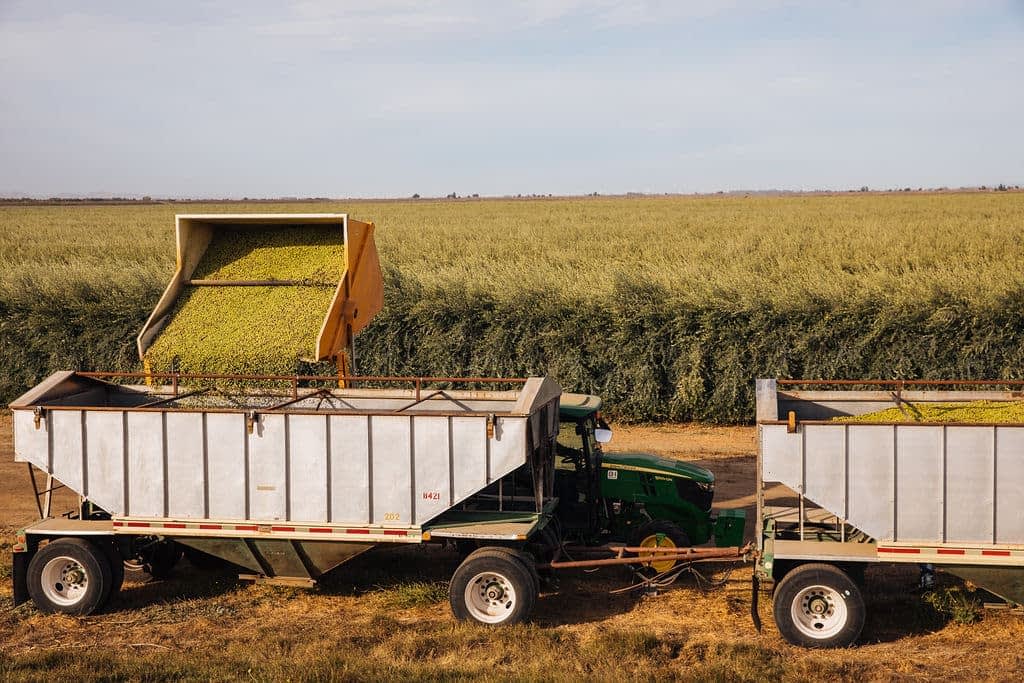
Corto Olive is the second-largest olive oil producer in the United States. (Photo: Alexander Rubin)
Corto Olive also works to stand out in the competitive food service market by infusing its extra virgin olive oil with other fresh California flavors to produce a range of flavored olive oils.
The company’s Agrumato-Method was inspired by the Corto family’s Nonno Amerigo and his childhood memories of olive harvesting in Italy.
The process involves crushing and cold-extracting olives simultaneously with fresh seasonal ingredients grown in California, including chili, lemongrass and basil.
Looking ahead, Little plans to continue expanding Corto’s operations, betting that olives will continue to thrive in California and olive oil culture will expand in the U.S.
“I think olives are suited well for the long term,” Little said. “We’re still actively looking for growers to plant and adding more acres ourselves. We’re still very hopeful for the future.”



